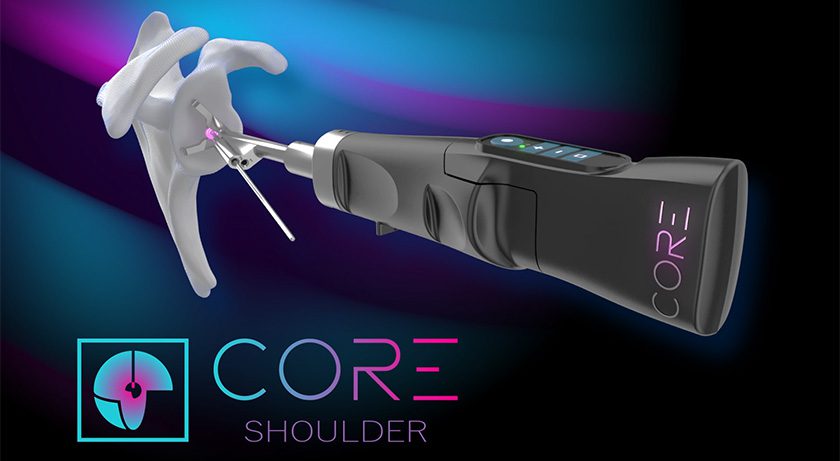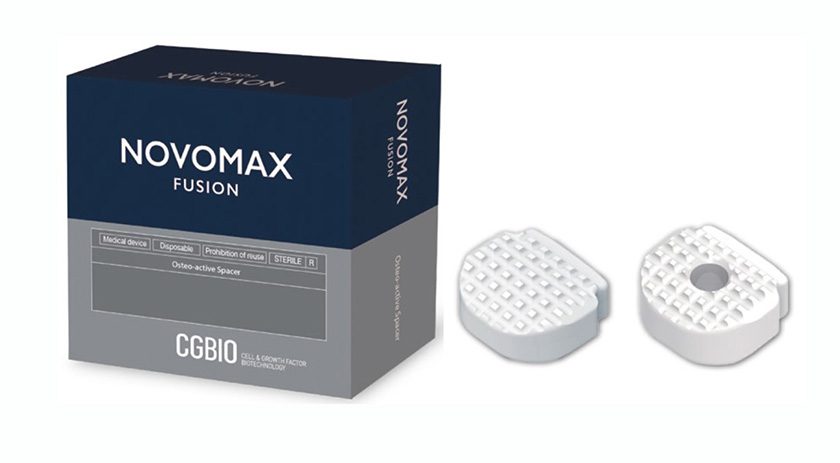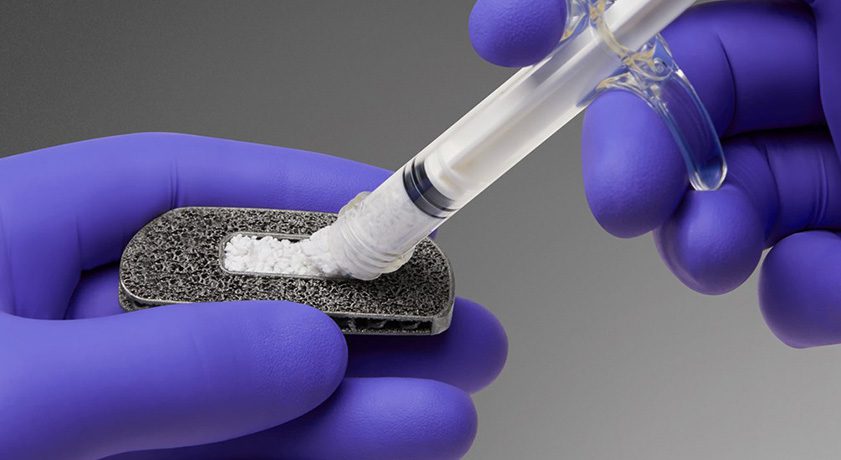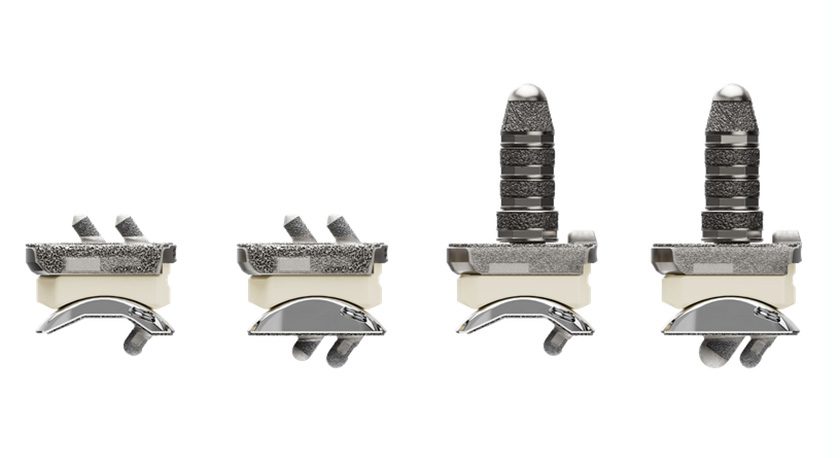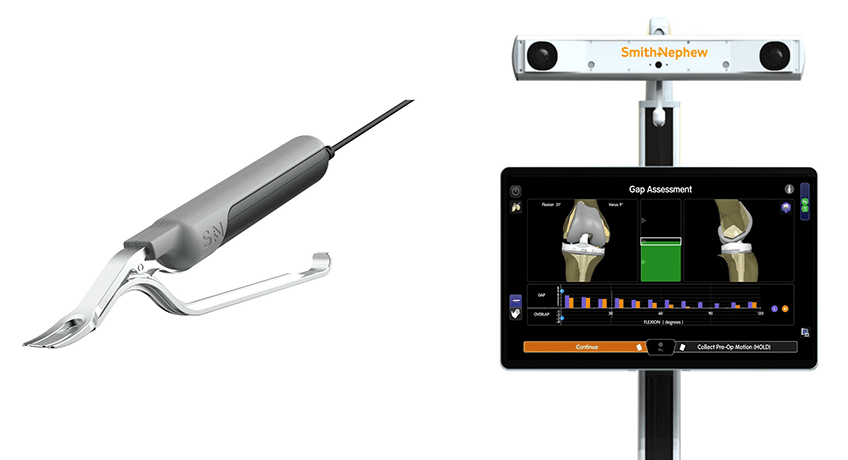

 Copy to clipboard
Copy to clipboard 
Smith+Nephew introduced its new CORI Digital Tensioner, a purpose-built device that lets surgeons measure the ligament tension in a knee prior to cutting bone. By enabling a surgeon to quantify joint laxity in the native knee and achieve an optimal ligament tensioning force, the CORI Digital Tensioner may help reduce variability when balancing the knee in surgery.
The CORI Digital Tensioner produces a surgeon-defined, quantifiable force to distract the knee joint, apply consistent tension to the ligaments, and provide objective gap data for procedure planning and execution. A small clinical case series showed that the CORI Digital Tensioner reduced variability of tensioning by 64% when compared to a manual technique.
Advancing procedural innovation in robotic-assisted surgery, the CORI Digital Tensioner is a differentiated technology designed to help solve challenges for surgeons, including:
- The first and only ligament tensioning device in robotic-assisted surgery to assess joint laxity in the native knee before performing bony resection.
- Automatic collection of gap data at a specified force through the full range of movement.
- A true tensioning device using a software interface that allows surgeons to choose their preferred target force value (50±10N, 100±10N, or 150±10N).
Source: Smith+Nephew
Smith+Nephew introduced its new CORI Digital Tensioner, a purpose-built device that lets surgeons measure the ligament tension in a knee prior to cutting bone. By enabling a surgeon to quantify joint laxity in the native knee and achieve an optimal ligament tensioning force, the CORI Digital Tensioner may help reduce variability when balancing...
Smith+Nephew introduced its new CORI Digital Tensioner, a purpose-built device that lets surgeons measure the ligament tension in a knee prior to cutting bone. By enabling a surgeon to quantify joint laxity in the native knee and achieve an optimal ligament tensioning force, the CORI Digital Tensioner may help reduce variability when balancing the knee in surgery.
The CORI Digital Tensioner produces a surgeon-defined, quantifiable force to distract the knee joint, apply consistent tension to the ligaments, and provide objective gap data for procedure planning and execution. A small clinical case series showed that the CORI Digital Tensioner reduced variability of tensioning by 64% when compared to a manual technique.
Advancing procedural innovation in robotic-assisted surgery, the CORI Digital Tensioner is a differentiated technology designed to help solve challenges for surgeons, including:
- The first and only ligament tensioning device in robotic-assisted surgery to assess joint laxity in the native knee before performing bony resection.
- Automatic collection of gap data at a specified force through the full range of movement.
- A true tensioning device using a software interface that allows surgeons to choose their preferred target force value (50±10N, 100±10N, or 150±10N).
Source: Smith+Nephew

You are out of free articles for this month
Subscribe as a Guest for $0 and unlock a total of 5 articles per month.
You are out of five articles for this month
Subscribe as an Executive Member for access to unlimited articles, THE ORTHOPAEDIC INDUSTRY ANNUAL REPORT and more.
JV
Julie Vetalice is ORTHOWORLD's Editorial Assistant. She has covered the orthopedic industry for over 20 years, having joined the company in 1999.



